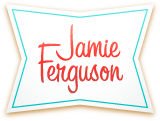For fun or matrimony
One of the short stories I’m polishing up is about a mail-order bride in the Old West. Researching this story was a lot of fun. The high number of mail-order brides in the Old West was due to two main factors. The first was that an awful lot of single men had headed west to…
